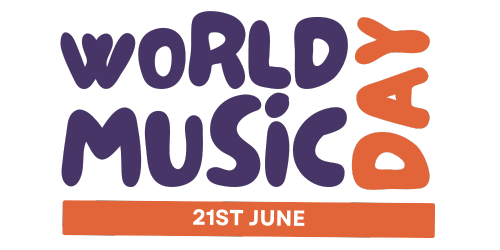Developing a Content Strategy for Music Education
In the evolving landscape of education, music teachers face the unique challenge of engaging students with diverse interests and learning styles. A well-thought-out content strategy can be the cornerstone of effective music education, catering to the needs of students across primary/elementary and secondary levels. This comprehensive guide delves into the intricacies of developing a content strategy that resonates with students in both the UK and USA, aiming to foster a deeper connection with music.
Understanding Your Audience
1. Student Demographics and Preferences: Begin by analyzing the age, cultural backgrounds, and musical preferences of your students. This understanding will inform the selection of genres, instruments, and composers you introduce in your curriculum.
2. Learning Objectives: Define clear, achievable learning objectives. Are you focusing on music theory, performance skills, historical knowledge, or a combination of these? Your objectives will guide the content you need to develop or source.
Curriculum Design
3. Thematic Units: Organize your curriculum into thematic units that can engage students on multiple levels. For example, a unit on “The Evolution of Pop Music” can cover history, music theory, and performance, while also incorporating digital music production for a comprehensive learning experience.
4. Integration with Core Subjects: For primary/elementary educators, integrating music with core subjects can enhance learning outcomes. Design content that ties musical concepts to math (rhythm and counting), language arts (lyric analysis), and history (musical periods and cultural context).
Content Variety
5. Diverse Musical Genres and Cultures: Incorporate a wide range of musical genres and cultural traditions to foster an inclusive environment where every student feels represented. This approach not only broadens students’ musical horizons but also teaches them to appreciate diversity.
6. Hands-on Activities: Practical activities, such as instrument building, composition projects, and improvisational exercises, encourage creativity and deepen students’ understanding of music concepts.
Technology Integration
7. Digital Resources: Leverage digital resources, including educational apps, online tutorials, and virtual instruments, to complement traditional teaching methods. These tools can make learning more interactive and accessible.
8. Blended Learning: Adopt a blended learning approach by combining online resources with in-person instruction. This can include flipped classroom models where students explore new content through digital media at home and apply their knowledge in the classroom through practical activities.
Assessment and Feedback
9. Continuous Assessment: Incorporate a variety of assessment methods, such as performance recordings, composition portfolios, and reflective journals, to gauge student progress. These methods provide insights into both the cognitive and emotional impact of your content strategy.
10. Feedback Mechanisms: Establish channels for students to give feedback on the content and teaching methods. This can include surveys, suggestion boxes, and informal discussions. Use this feedback to refine your strategy continually.
Professional Development
11. Stay Informed and Inspired: Engage in ongoing professional development to keep your content strategy dynamic and relevant. Attend workshops, join educator networks, and explore new research in music education to gather fresh ideas and best practices.
Community and Cultural Engagement
12. Local and Global Music: Connect with local musicians and cultural organizations to bring live music experiences into the classroom. Additionally, explore global music traditions through virtual exchange programs or guest speakers, enriching your curriculum with real-world perspectives.
Conclusion
Developing a content strategy for music education requires a thoughtful blend of curriculum planning, technological integration, and community engagement. By focusing on the diverse needs and interests of students, music educators can create a dynamic and inclusive program that not only teaches musical skills but also cultivates a lifelong appreciation for music. Remember, the goal is not just to educate but to inspire, challenging students to explore their musical potential and connect with the world around them through the universal language of music.
